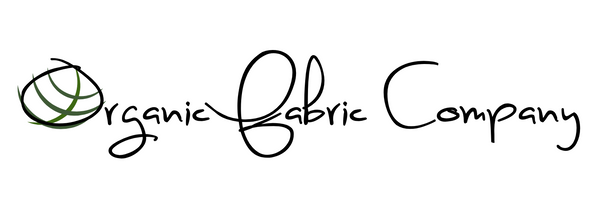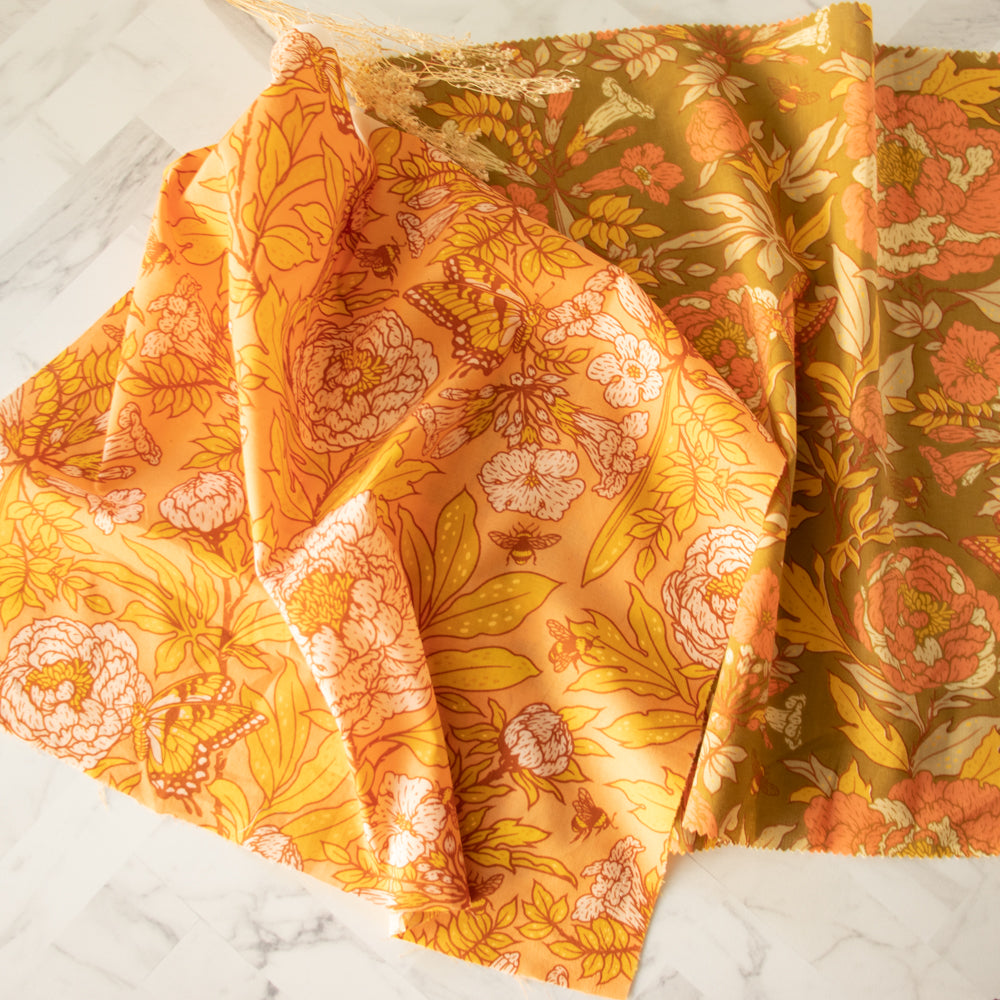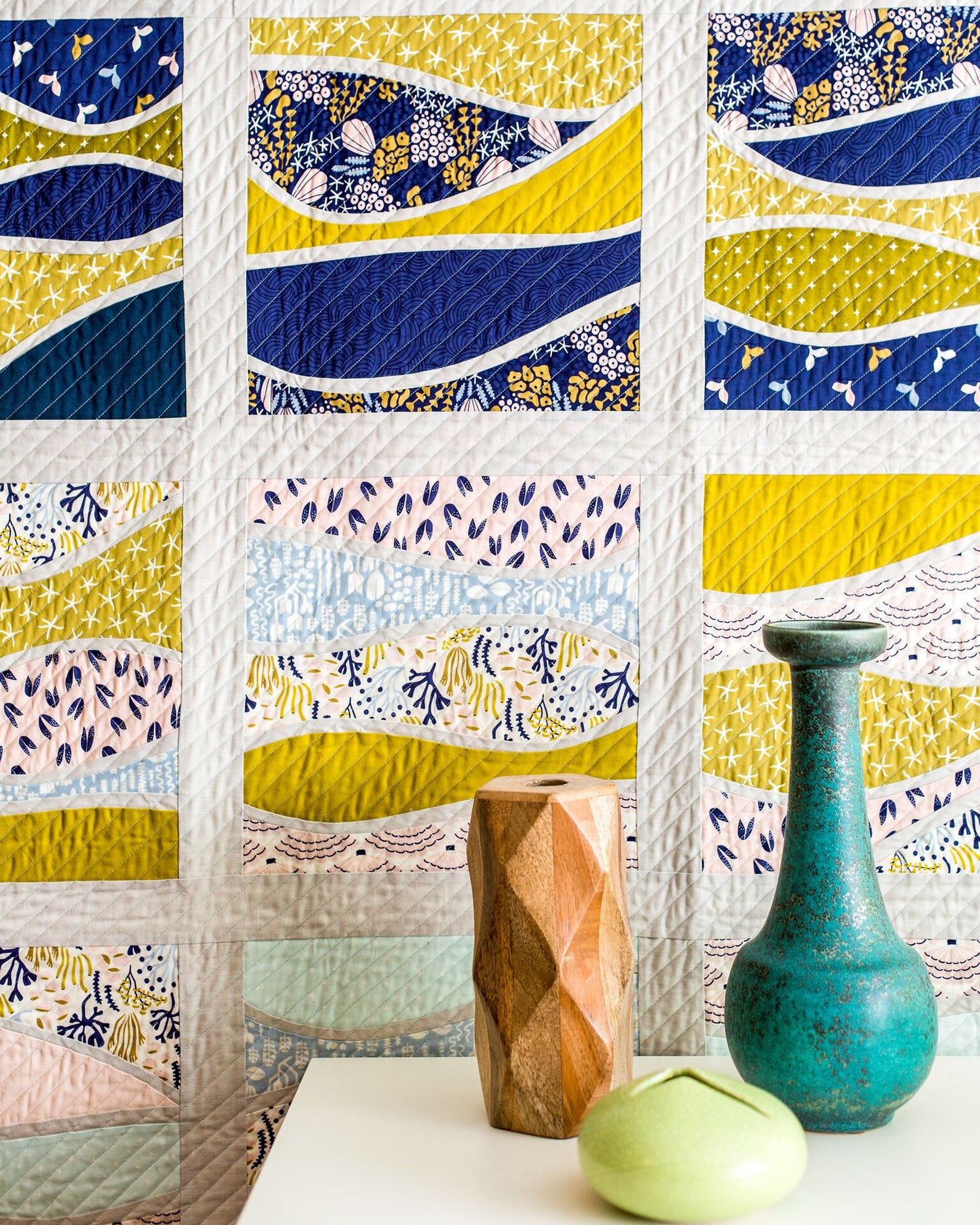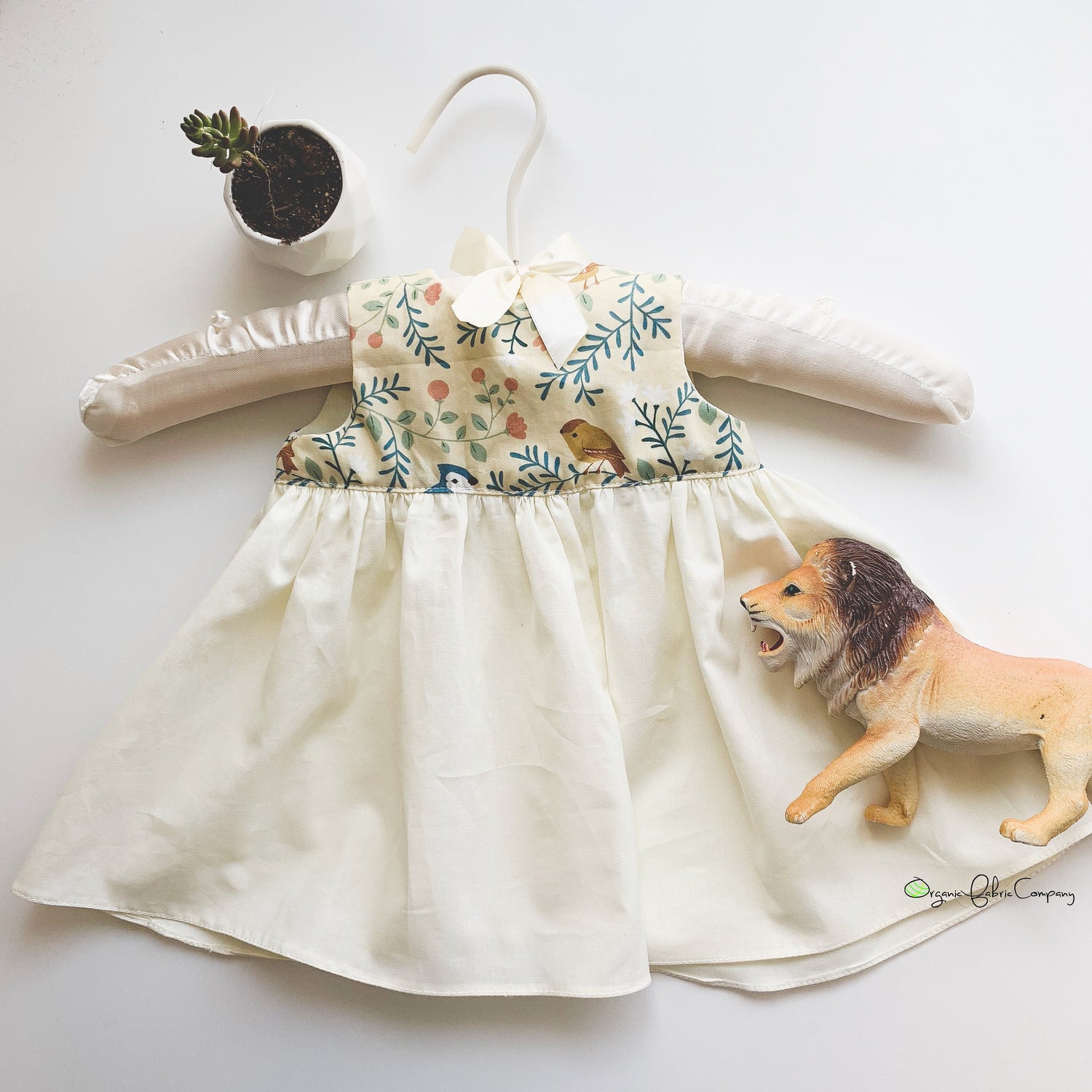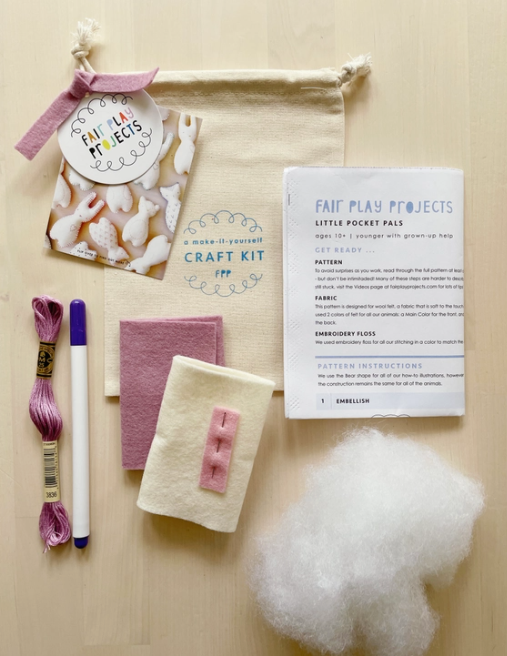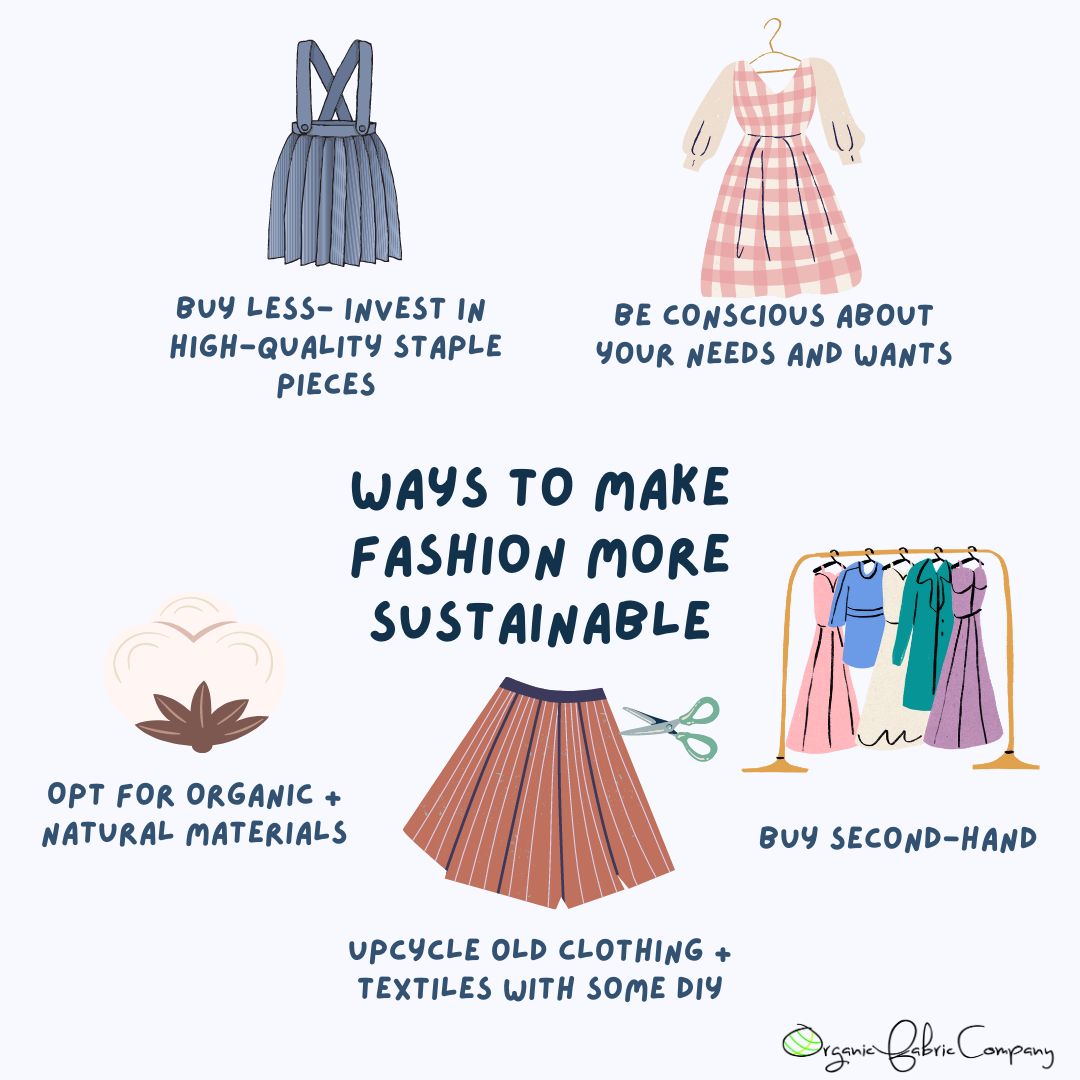
Sustainable Fashion: Me Made Wardrobe
Creating a more sustainable handmade and upcycled wardrobe from natural fiber materials and from clothing you already own can be a fun and rewarding process. Not only will you be helping to reduce the negative impact that the fast-fashion industry has on the environment, but you will also be able to express your creativity and personal style in a one-of-a-kind way.

The first step is to evaluate your current wardrobe and identify which items you want to keep and which ones you no longer need. We really only need a handful of articles. I like to keep a color blocked wardrobe using my favorite neutral colors and just a few pieces that complement, but really pop. Consider donating or selling any items that are in good condition but that you no longer wear. I love seeing what I can pass on to friends who have shown interest in certain pieces in the past.

Next, think about what kind of clothing you want to make or upcycle. You may want to start with simple projects, such as turning an old t-shirt into a tank top, using a pair of jeans to make a denim skirt, or turning an old cotton flat sheet into a long skirt or even an apron! As you become more comfortable with sewing and upcycling, you can move on to more complex projects, such as making a dress or a beautiful duster!

When choosing materials for your handmade and upcycled wardrobe, it is important to select natural fibers that are sustainable and environmentally friendly. Natural fibers are biodegradable and can be composted at the end of their life cycle. Some of the most popular natural fibers for clothing include cotton, linen, and hemp. You can read why bamboo doesn't make the cut here: https://www.organicfabriccompany.com/blogs/blog/have-you-ever-wondered-why-we-dont-carry-bamboo-fabrics

Cotton is one of the most commonly used natural fibers for clothing. However, conventional cotton farming is one of the most environmentally damaging practices in the world. It is important to choose organic cotton, which is grown without the use of pesticides and other harmful chemicals. Organic cotton is also grown using less water than conventional cotton.

Linen is another popular natural fiber that is sustainable and environmentally friendly. Linen is made from the fibers of the flax plant, which requires less water and fewer pesticides than cotton. Linen is also biodegradable and can be composted at the end of its life cycle. Some of our selections of linen are made from 100% organic linen while others are blended with organic cotton.

Hemp is a highly sustainable natural fiber that requires no pesticides or herbicides to grow. Hemp is also biodegradable and can be composted at the end of its life cycle. Hemp fibers are strong and durable, making them ideal for clothing and other textile products.
Bamboo can be a highly sustainable natural fiber. Bamboo is a fast-growing plant that requires no pesticides or herbicides to grow. However, bamboo fibers are extremely fiberous and can be rough and scratchy. Most bamboo on the market is bamboo viscose which is chemically treated to become soft material most of us are familiar with. Viscose, although sourced from a natural material is considered a synthetic and hightly processed material once it reaches the end consumer. Although it is possible to find non-viscose bamboo fabric, this is not what most of us are familair with. You can read more about bamboo here.
Once you have chosen your materials, it is time to start sewing and upcycling. There are many resources available online that can help you learn how to sew and upcycle clothing. YouTube is a great resource for tutorials and step-by-step guides.
When upcycling clothing, there are several techniques you can use to transform an old piece of clothing into something new and exciting. Some popular techniques include:
-
Dyeing is a great way to give new life to an old piece of clothing. You can use natural dyes, such as indigo or turmeric, to create unique and beautiful colors. (Read our past blog on dyeing fabric here!)
-
Embroidery is a great way to add a personal touch to your clothing.
-
Patchwork is a great way to use up scraps of fabric and create a one-of-a-kind piece of clothing. You can use a variety of fabrics to create a unique design. I love mending clothing using a combination of embroidery and patching techniques.
-
You can use applique to add a pop of color or a fun design to your clothing.
-
Another possibility that many overlook is using large textiles from around the home (such as cotton sheets) and using a pattern to create a dress or skirt.
When choosing sustainable natural materials, it is important to consider not only the production process but also the disposal process. Biodegradable materials are preferable, as they can be composted at the end of their life cycle and do not contribute to landfill waste.
Ready to start your next project? You can browse sewing patterns here! Click this link for 25% off patterns.

